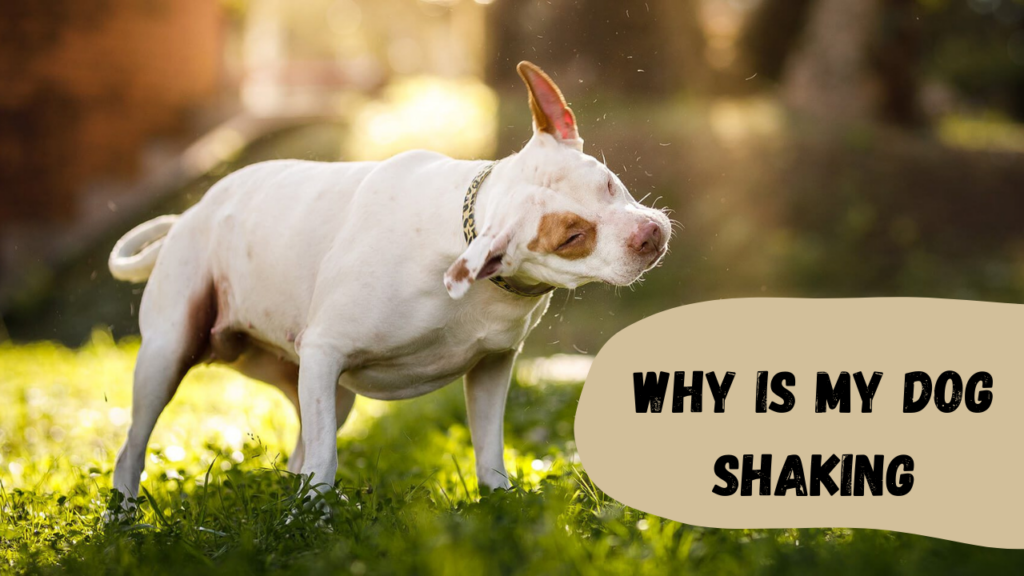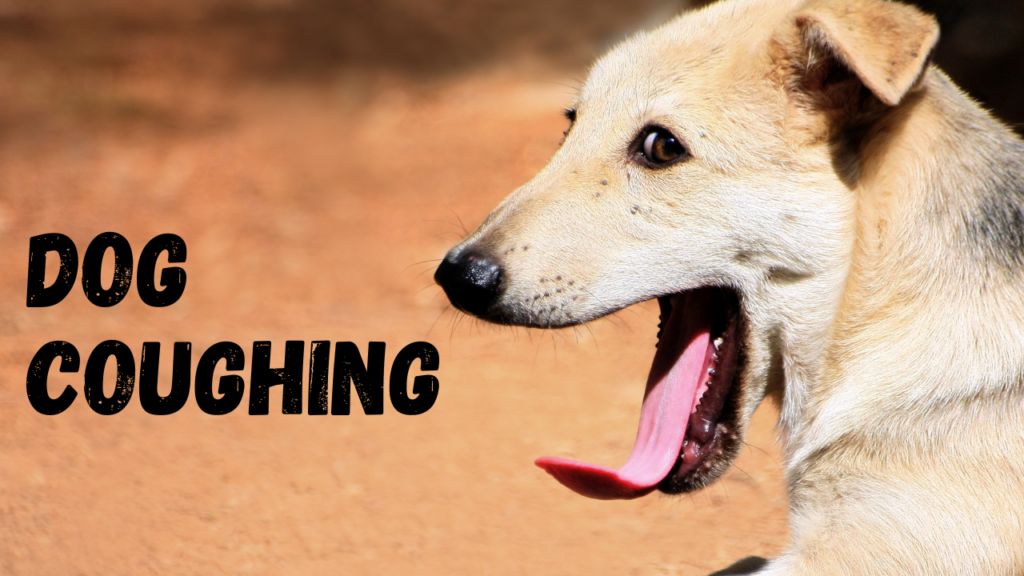We all know as dog owners that occasionally our animal friends act in ways that baffle us. Many dog owners share a regular worry about their dog beginning to shake or tremble. Although it’s easy to get scared or draw hasty judgments, shaking in dogs can have a variety of causes—some of which are rather common and others of which might call for medical treatment.
Should your dog be shaking, it is crucial to know the possible causes of this behavior. This page will go over why dogs shake, how to detect whether it’s an indication of something more serious, and how to make your dog feel better.
1. Cold or Chilly Weather
A dog might shake for one of the most often occurring and benign reasons—that of cold. Dogs, like us, get cold as the temperature falls; shaking is their natural means of trying to warm themselves. Older dogs, dogs with short coats, or smaller canines could all be particularly sensitive to low temperatures.
Try bringing your dog inside to a warm space if they are trembling while the outside is cold; alternatively, give them a dog jumper or blanket to help to keep them warm. In order to keep them from being too chilly, you might also wish to restrict their outside time during colder months.
2. Excitement or Anxiety
When dogs are enthusiastic, scared, or apprehensive, they can shake. Your dog may be excited if it starts shivering before a walk, upon seeing their favorite toy, or when you are ready to leave the house. When a dog is expecting something they appreciate, such dinner or a ride in the automobile, some also shake.
Likewise, shaking might result from anxiety or dread. Many dogs become anxious in trying circumstances such visits to the veterinarian, fireworks, or thunderstorms. Your dog is probably experiencing anxiety if you find it shivering in settings where they would seem comfortable.
3. Pain or Injury
Another clue your dog may be in discomfort is shaking. Shaking might be one of the few ways dogs can express that anything is wrong since they can be really excellent at masking discomfort. Should your dog be shaking, it may be a sign of injury to themselves or of suffering from disorders including hip dysplasia, arthritis, or other musculoskeletal problems.
Should other symptoms of pain accompany the shaking, such limping, whimpering, or trouble moving, you should bring your dog to the veterinarian for a comprehensive check-up. Appropriate medication and pain management can assist reduce their suffering and stop their shaking.
4. Medical Conditions
A dog might shake for a number of medical reasons. While some of these disorders may be controlled with appropriate care, others could call for quick attention from a veterinarian. Among the typical medical reasons dogs shake are:
- Canine Distemper: Modulating the neurological system, this viral infection can cause tremor or shaking. Along with other problems are coughing, fever, and appetite loss. Should your dog exhibit symptoms of distempers, it should be seen right away.
- Hypoglycemia (Low Blood Sugar): Small breeds or puppies are more prone to have low blood sugar, which can lead to tremor or shaking. If your dog shivers and seems lethargic or weak, it could have hypoglycemia. A little food or glucose will help; but, contact a veterinarian for a proper diagnosis and treatment.
- Seizures: Dogs with seizures may shake or tremor either during or after an episode. If your dog drops out during the shakes or has a repetitive pattern of shaking, it could be having a seizure. Severses demand immediate veterinary intervention for diagnosis and treatment.
- Toxin Exposure: Among other symptoms like vomiting or diarrhea, consuming toxins—such as some foods (chocolate, grapes, etc., chemicals, or plants—can induce shaking. Immediately call your veterinarian or an emergency animal poison control number if you feel your dog has swallowed anything dangerous.
- Old Age or Neurological Disorders: Dogs may acquire neurological problems that cause shaking or tremor as they age. Senior dogs especially are prone to this, which can involve disorders including generalized tremor syndrome (GTS) or cerebellar ataxia. Your elderly dog should be seen by a veterinarian to rule out any neurological issues even if they are shaking but not appearing to be in discomfort.
5. Nausea or Upset Stomach
Like humans, dogs can suffer from nausea or gastrointestinal problems. Your dog could be shaking after meals from a digestive issue including gas, bloating, or an upset stomach. Nausea can also result from motion sickness, particularly on car rides. Dogs that experience anxiety or anxiousness due to car driving may shake and slobber.
Should other nausea-related symptoms such as severe drooling, vomiting, or lack of appetite accompany the shaking, you should monitor your dog and consult your veterinarian. A veterinarian should find the underlying cause even if occasionally feeding changes or medication could assist with minor gastrointestinal issues.
6. Fear or Phobia
Dogs do occasionally shake out of fear or phobia. Typical triggers are loud noises, thunderstorms, pyrotechnics, or strange environments. Other anxiety symptoms as panting, whining, or hiding sometimes accompany fear-based shaking.
If your dog is shaking out of phobia or anxiety, there are several things you might do to help them relax. Providing a safe environment—like a quiet room or crate—may help reduce their anxiety. Moreover useful would be veterinary prescription medications, anxiety wraps, and pheromone diffusers.
7. Hormonal Imbalance
Dogs may also tremble from hormonal imbalances including those caused by thyroid or adrenal gland disorders. Disorders include Cushing’s disease (overproduction of cortisol) or hypothyroidism (low thyroid function) can affect your dog’s metabolism and produce symptoms including weight changes, shaking, and changed appetite or behavior.
If your dog exhibits continuous shaking along with other unusual behavior, you should discuss these concerns with your veterinarian. Medication or other treatments correct hormonal imbalances; early diagnosis is therefore crucial for control of these conditions.
8. Emotional Reactions
Like us, dogs can have emotional responses that cause shaking. Under conditions that make one feel overwhelmed, confused, or terrified, this can take place. If a dog is taken from their owner or placed in an unfamiliar environment, for example, they could shiver.
In these cases, the shaking usually vanishes once the demanding conditions under control. Although working with a qualified dog trainer or behaviorist will help you manage anxiety and stress, if your dog responds often or severely.
What Should You Do If Your Dog Is Shaking?
Should your dog be shaking, you should first evaluate the circumstances and identify the most likely source. Bring your dog indoors or her a blanket or sweater if she is chilly. If they are thrilled, try to cool them down with some gentle words or a leisurely hobby. Still, it’s always advisable to see a veterinarian if your dog shakes constantly, severely, or in tandem with other worrisome symptoms.
Your veterinarian can suggest a plan of action to help your dog feel better and rule out any underlying medical issues by means of a comprehensive examination. Treatment, depending on the cause, can call for lifestyle changes, food alterations, medication, or behavior modification.
Conclusion
From something as simple as being cold or excited to more serious health problems like injury, sickness, or anxiety, shaking in dogs can be brought on by several factors. There are benign and temporary reasons of shaking as well as ones that demand medical attention. Especially important as a dog owner is observing your dog’s behavior, documenting any extra symptoms, and seeing a veterinarian should you have questions. Knowing the reasons of your dog’s shaking will enable you to behave in the appropriate manner to ensure their welfare and comfort.

Andy Parker is a dog lover, writer, and senior editor at BarkPicks. With years of experience covering canine health, training, and gear, he helps pet parents make smarter choices for happier, healthier dogs. Andy shares his home (and heart) with two rescue pups, Charlie and Mia.



